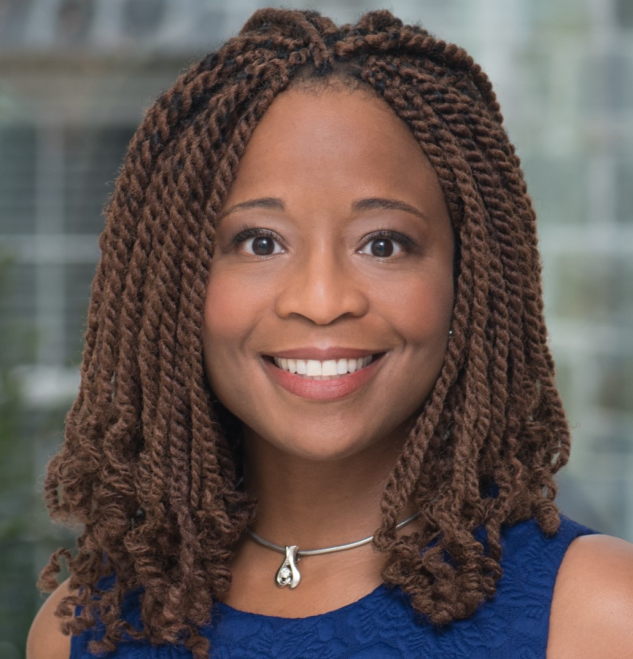Former clerks of Justice Sandra Day O’Connor reflect on her pragmatic view of the law, her lessons on living a full life, and her modeling of excellence, strength, and kindness.
Sandra Day O’Connor, the US Supreme Court’s first female justice, died Dec. 1 at 93 in Phoenix. She was appointed to the court by President Ronald Reagan in 1981 and served until 2006.
Several of her former law clerks reflect on their experiences clerking for O’Connor. They remember her grounded approach to the law, how she modeled a commitment to excellence in her work, and the importance of taking a break to see the cherry blossoms bloom.
‘Her Own Center of Gravity’
Marci Hamilton, University of Pennsylvania
Justice Sandra Day O’Connor was the Rehnquist Court’s “swing vote,” because she had her own center of gravity. Some portray her as though she needed to look to the men on the Supreme Court to make up her mind. Hardly.
SO’C, as we clerks called her, was a star law student at Stanford Law, Arizona state legislator, and judge before becoming the first female US Supreme Court Justice.
She was also an outstanding athlete and deeply pragmatic, raised on an Arizona ranch where the elements dictated what had to be done. She could talk to anyone, dance like a dream, and host world dignitaries in her office with gravitas and kindness. All of which is to say: She was a master of discipline, strategy, and bridge-building.
I always thought she had the skills to be not just the first female justice, but also the first female president. Never once did I witness her imposing her personal agenda or dogma on the cases before her.
She took each case as it came on its own facts as the Constitution requires, decided each with due respect for precedent and stare decisis, and had the humility to view a justice’s role as requiring careful analysis built on precedent and stare decisis.
If it was time to change the doctrine, she took seriously what prior courts had done, while moving the doctrine carefully forward. Any justice who thought they could intimidate her into changing her mind—and it happened—learned a lesson, though she never delivered her response with harsh words or actions. They could just count the votes.
Some of her most important contributions lay in her at-times single-handed preservation of Roe v. Wade and her translation of the separation of church and state into the 20th century. Both doctrines were built on a principle of mutual respect for diversity of opinion, belief, and experience.
These positions irritated the faction on the right intent on imposing a conservative theocracy on this country, and they made it a priority of the highest order to erase her mark in these two arenas. They tragically succeeded, but that can’t dim her extraordinary legacy of courageous independence at the Supreme Court.
How to Have and Do It All
Tamarra Matthews Johnson, Wilkinson Stekloff
“Lean here for a pat on the back.” That caption appeared above a photocopy of O’Connor’s right hand, adorned with her distinctive pinky ring. The sign was conveniently placed, at shoulder height, on the door to our law clerks’ office, for use at all hours, day or night.
It perfectly captured the justice’s sense of humor, her expectation of excellence and hard work, and her recognition that everyone feels stressed out and under-appreciated at one time or another.
O’Connor gave me and my co-clerks the opportunity to serve the court and our country for the October 2000 term. She taught and tested us with her sharp intellect, incisive questions, sheer speed, and dedication to the court’s work.
Yet she still found time to make us lunch on Saturdays, to take us to see the azaleas bloom at the National Arboretum and the cherry blossoms at the Tidal Basin, and yes, to enjoy weekly aerobics sessions.
She showed a young female lawyer how to have and do it all. I learned more that year than perhaps at any other time in my legal career, including the most valuable lesson: no matter your success, maintain your humanity.
The joy of our memories tempers our sadness as we remember and honor O’Connor.
Taking a Broader View in Law and Life
Carolyn Frantz, Orrick
O’Connor profoundly changed me, both personally and professionally. When I came to work for her, I was so focused on my intellectual and academic abilities, believing those were the gifts I had to bring to the world.
She encouraged—indeed, required—me to think about myself differently. To prioritize my place in the community, my friendships, my future family, the arts, food, even hobbies.
Her clerk field trips are famous, but they really were impactful. It taught us that even the busiest people doing some of the most important jobs should go to museums, picnic among the cherry blossoms, and listen to beautiful music.
She talked to me not just about the law, but about my life, and also hers. She was profoundly human, even if, given who she was, that appeared more superhuman.
O’Connor also taught me to apply the same broader view to the law—that you couldn’t know if you had the right legal answer if you didn’t understand why the question arose in the first place, and the impact the answer would have.
I use this insight every day in my work—my clients don’t want me just to read regulatory language with care; they want me to understand why the regulation matters to them, and how they should respond given those priorities. That is a lesson I learned first, and best, from the justice.
This article does not necessarily reflect the opinion of Bloomberg Industry Group, Inc., the publisher of Bloomberg Law and Bloomberg Tax, or its owners.
Author Information
Marci Hamilton is professor of practice at the University of Pennsylvania, where she teaches constitutional law. She clerked for O’Connor during the 1989 term.
Tamarra Matthews Johnson is a former counselor to US Attorney General Merrick Garland and partner at Wilkinson Stekloff. She clerked for O’Connor during the 2000 term.
Carolyn Frantz is co-head of the public companies & ESG group at Orrick in Seattle and former corporate legal group head at Microsoft. She clerked for O’Connor during the 2001 term.
To contact the editors responsible for this story:
Learn more about Bloomberg Law or Log In to keep reading:
See Breaking News in Context
Bloomberg Law provides trusted coverage of current events enhanced with legal analysis.
Already a subscriber?
Log in to keep reading or access research tools and resources.


